 This is the best Mormons In Space Love Story I’ve ever read!
This is the best Mormons In Space Love Story I’ve ever read!
Well, that’s a twee oversimplification of this book, but twee oversimplifications are a blogger’s stock in trade.
This book centers on a Martian secret agent, Cody Greene, who is on death row for not getting married by a certain age. He’s rescued by a beautiful engineer who herself was reaching the mandatory marriage age. But, as a twist, he is to investigate her for resource theft–specifically air stolen from one of the domes making up the different colonies on the planet. They’re married at first sight, and they find themselves attracted to one another, which gives the book the majority of its motion–will they give into their desires/love for each other, or will the secret agent continue to keep his new wife at arm’s length to investigate her? Also, Cody’s mother, from whom he is estranged, is a powerful politician/government official who might be pulling strings and manipulating him. Oh, and the new Mrs. Greene is a blonde, blue-eyed beauty, but she is half Korean and was raised in the Asian colony, so she tries very hard to look Korean and has a Korean mindset–spartan domicile, Korean cooking and dining, and so on.
So the book has a lot of interesting plot things going on, but it’s definitely weighted to the romance angle, which culminates rather disappointingly. The actual intrigue, presumably who is actually stealing the resources and who is pulling the strings behind the scenes, is kind of on the back burner to the “Do I give into my attraction?” and “I was about to give in, but now my suspicions are reset!” dithering. We get a couple of incidents and little to tie them together, and the book’s climax is more of a cliffhanger to the yet-unavailable second book in the series.
So it was a quick, light read, and for the most part, it worked, but a bit long on the dithering in the romance. Hopefully, the next book in the series will be better balanced in that regard–after all, the will they/won’t they Dave-and-Maddie tension (c’mon, you damn kids, that’s an allusion to Moonlighting, which was a television series in the 1980s) was resolved, so that dithering can’t be reproduced. And I’m looking forward to seeing how Farnsworth works in the other genres (fantasy and straight ahead romance).
If I can find the books; they’ve disappeared into the stacks, only to be rediscovered decades hence.



 I read this book over a week ago, before my vacation, and just a little after
I read this book over a week ago, before my vacation, and just a little after  I bought this book
I bought this book  I bought this book
I bought this book  I got this book at S.V. Farnsworth’s book signing
I got this book at S.V. Farnsworth’s book signing  Gentle reader, this is the last of the Executioner books on my shelf. Alright, alright, alright: I do still have SuperBolan books, Able Team Books, Stony Man Farm Books, and Phoenix Force books. Still: I got my first Executioner novel
Gentle reader, this is the last of the Executioner books on my shelf. Alright, alright, alright: I do still have SuperBolan books, Able Team Books, Stony Man Farm Books, and Phoenix Force books. Still: I got my first Executioner novel 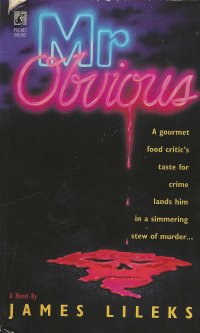 So I ordered this book from Amazon a while back because although I have read some of his nonfiction (most recently
So I ordered this book from Amazon a while back because although I have read some of his nonfiction (most recently  Last year, gentle reader, you might remember I read a collection of poetry written by residents of one or more nursing homes in the Beverly Enterprises (
Last year, gentle reader, you might remember I read a collection of poetry written by residents of one or more nursing homes in the Beverly Enterprises (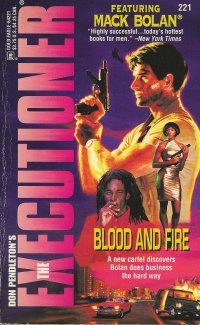 Well, well, well: This is the second Executioner novel I’ve read in a row where the title is meaningful (the first was
Well, well, well: This is the second Executioner novel I’ve read in a row where the title is meaningful (the first was 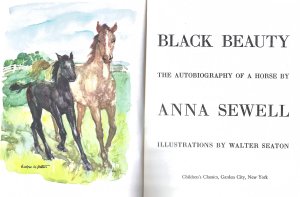 This volume is part of the mid-20th-century Nelson Doubleday Children’s Classics series (as were
This volume is part of the mid-20th-century Nelson Doubleday Children’s Classics series (as were 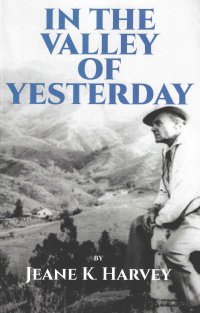 When blog and Internet friend
When blog and Internet friend 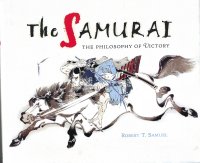 I bought this book
I bought this book 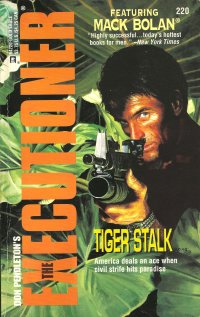 I thought this might be the first of the Executioner novels I’ve read this year, but apparently I read
I thought this might be the first of the Executioner novels I’ve read this year, but apparently I read  Well, it only took me a week to read this book–I bought it at
Well, it only took me a week to read this book–I bought it at 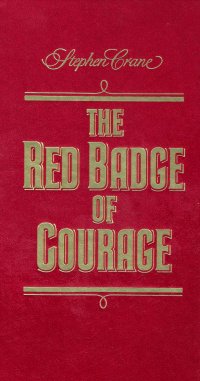 I am going to go out on a limb here and say that the text comes from the 1895 publication of this book; in 1982, Norton came out with a longer version based on Crane’s “original manuscript,” and I doubt they would have shared that copyright with Reader’s Digest the same year (the Reader’s Digest The World’s Best Readers edition came out in 1982, and mine is a second printing from 1983). Not that it matters except for purists. But I am throwing it out there because I read the Wikipedia article.
I am going to go out on a limb here and say that the text comes from the 1895 publication of this book; in 1982, Norton came out with a longer version based on Crane’s “original manuscript,” and I doubt they would have shared that copyright with Reader’s Digest the same year (the Reader’s Digest The World’s Best Readers edition came out in 1982, and mine is a second printing from 1983). Not that it matters except for purists. But I am throwing it out there because I read the Wikipedia article. I bought this little chapbook at ABC Books
I bought this little chapbook at ABC Books 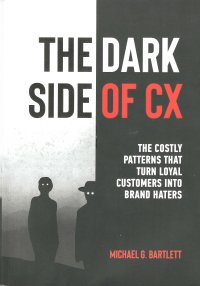 I bought this book new on Amazon when a local tech group mentioned it. I kind of thought that CX (customer experience) would be something akin to UX (User Experience) which deals with UI (User Interface) which is the parts of the computer program that users actually tap, type, and click on. Each step up the chain is a bit of an abstraction that allows the consultants to sell it a bit more to audiences who are further up in the management chain. Pardon me, do I sound a little cynical? Or maybe envious of the cool consultants?
I bought this book new on Amazon when a local tech group mentioned it. I kind of thought that CX (customer experience) would be something akin to UX (User Experience) which deals with UI (User Interface) which is the parts of the computer program that users actually tap, type, and click on. Each step up the chain is a bit of an abstraction that allows the consultants to sell it a bit more to audiences who are further up in the management chain. Pardon me, do I sound a little cynical? Or maybe envious of the cool consultants?
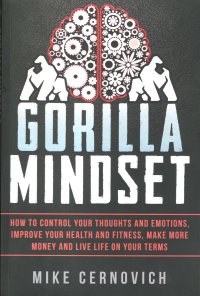 I ordered this book when I saw Cernovich’s name mentioned on two blogs on the same day. Sorry, I forget which blogs they were, but they were likely ones from the blogroll.
I ordered this book when I saw Cernovich’s name mentioned on two blogs on the same day. Sorry, I forget which blogs they were, but they were likely ones from the blogroll.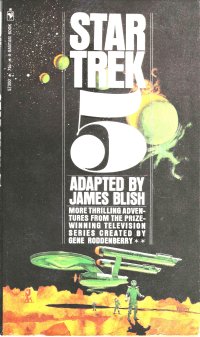 I already reported on this book
I already reported on this book 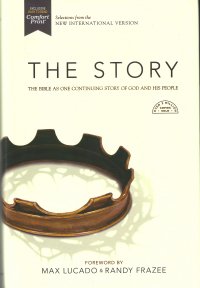 The Lutheran Church Missouri Synod church that I attend has been working its way through this book over the course of the last year. It is a further simplification of the Bible, trying to tell more narratively some of the denser or less readable sections, particularly of the Old Testament, and making the history of Israel into a set of narratives or stories focusing on different parts of history. Zondervan, the big Bible publishing company, put it out, and it includes excerpts from the New International Version of the Bible.
The Lutheran Church Missouri Synod church that I attend has been working its way through this book over the course of the last year. It is a further simplification of the Bible, trying to tell more narratively some of the denser or less readable sections, particularly of the Old Testament, and making the history of Israel into a set of narratives or stories focusing on different parts of history. Zondervan, the big Bible publishing company, put it out, and it includes excerpts from the New International Version of the Bible.